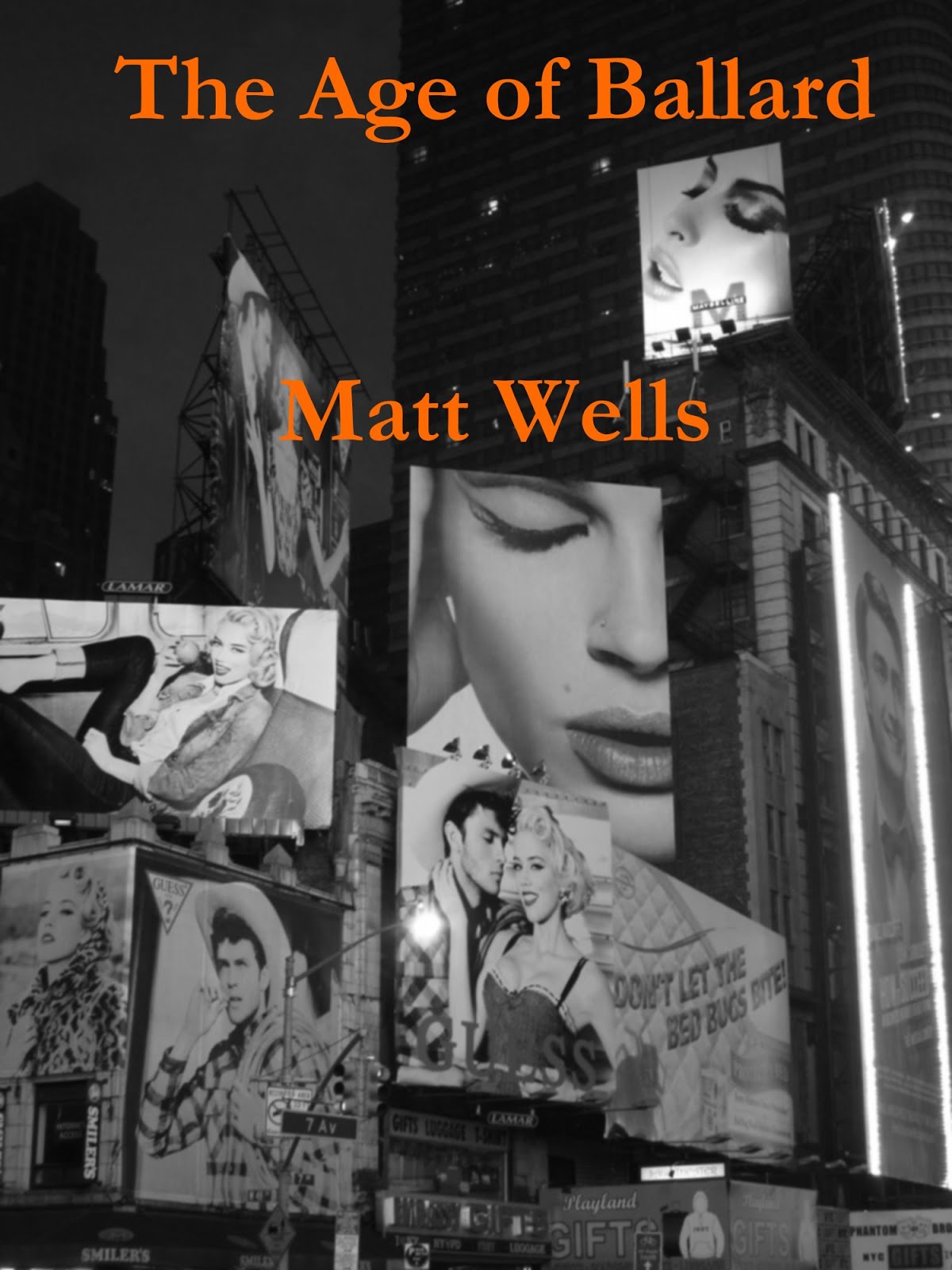
Ponyo, or, magic and realism. When something magical, alien or supernatural shows up in a film, it gets dealt with in one of three ways: the Professor Challenger Way (somebody in authority bludgeons you into belief with a lot of facts and history), the Doubting Thomas Way (the characters freak out or make fun of it until something personal makes them believe), or The Come With Me If You Want To Live Way (somebody in the know saves your life and then keeps you so constantly on the run that whatever’s chasing you becomes nothing more complicated than Danger with a capital D). There’s a fourth way, of course; like those Celtic triads which always end by saying “And greater than these three was when Arthur did blah-blah-blah,” greater than these three is when an artist just allows magic and realism to coexist without making it remarkable. It’s not a strategy you see in movies much -- it’s a lot more prevalent in novels, where Neil Gaiman and Jonathan Carroll (pardon the expression) have magic down to a science –- but the one place where you can always find it is in a Miyazaki movie. There are no borders between the real world and the spirit world; they’re just two different rooms in the same house. Magic isn’t something that has to be grappled with intellectually; magic is just something that happens, like the tides or a sunrise. A castle in the clouds, a bi-plane pilot who’s a pig, a country where your parents are turned into animals -- it’s no different from a goldfish who falls in love with a boy, and wants to turn into a human girl. Just another part of life. And I don’t know why, but telling a story this way, where the magic and the reality pool into each other without anybody making a big deal out of it, taps into something that is so simple and primal that it breaks your heart.

District 9, or, when science fiction delivers. Science fiction in movies has been Lucasized, Spielbergated, and Bayed to death over the last few years. Encounters with aliens used to be something that tested humanity (think the original Day The Earth Stood Still), and not a way for the director to work out his shallow fanboy fantasies, his missing-father issues, or his special-effects-porn disorder. That’s what makes District 9 different. The special effects serve the story, and there’s no directorial agenda beyond telling a story that has more than one level, and never beating you over the head with that other level, like Spielberg would do. (Can you imagine him making District 9? There’d be a human kid, and he and the alien kid would save the day.) In District 9, humanity and aliens are just two rooms in the same house, like Magic and Realism are two rooms in the same Miyazaki house. And in science fiction those two rooms can be at war, or in uneasy alliance, or coexistence. The one thing they can’t be is unaware of each other (that makes it a monster movie, not a science fiction movie; which is why Alien is really a monster movie). And if you have the balls to show the worst of human behavior in a confrontation with aliens, then you’re asking the two questions every great alien contact movie needs to ask (and not necessarily answer): who’s the alien here, and what does it mean to be human? You want to know why District 9 is getting such great reviews? Because it’s all about those two questions.

Inglourious Basterds, or, Hollywood goes to war. And then there are movies that are really about other movies, where everything is a level of code –- where music from spaghetti westerns is aimed at one group of geeks, cameos are aimed at another group, cinematic references at another group –- and the film you’re watching isn’t telling you a story, it’s reminding you of all these other stories you know, either dismissively (like Godard), or conspiratorially (like Tarantino). David Goodis and Richard Nixon as character names in Made in USA are like Aldo Raine in Inglourious Basterds --- you can’t NOT be jolted out of the story when they say who they are. Godard wants you to be annoyed (very Brechtian) while Tarantino wants you to feel cool (very Tarantino), but at heart their story-telling strategy is the same: it’s not about the plot, it’s about the genre, and the history of the genre, and my favorite films in the genre, and your understanding that sharing those favorites is what will make my movie a film you will enjoy. Which means that, just like Finnegan’s Wake was deliberately written to be taught in English courses, Inglourious Basterds was deliberately made to be taught in film class. It’s a genre critique and an example of the genre at the same time. Are they two rooms in the same house? No. One is a room in the house, and one is a projection booth with a library of films in it. And yet there’s still magic. But it doesn’t require suspension of disbelief. It requires extension of criteria. Yes, it works. It glouriously works as an example of the genre. But it only works on one level. The other levels will only be accessible to those who share the director’s vocabulary. Which, in a sense, makes the average movie-goer feel like (yes) an alien.
So much for meta-blather. Coming up? Actual reviews.



No comments:
Post a Comment